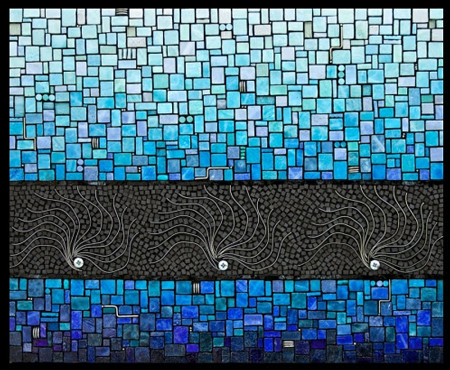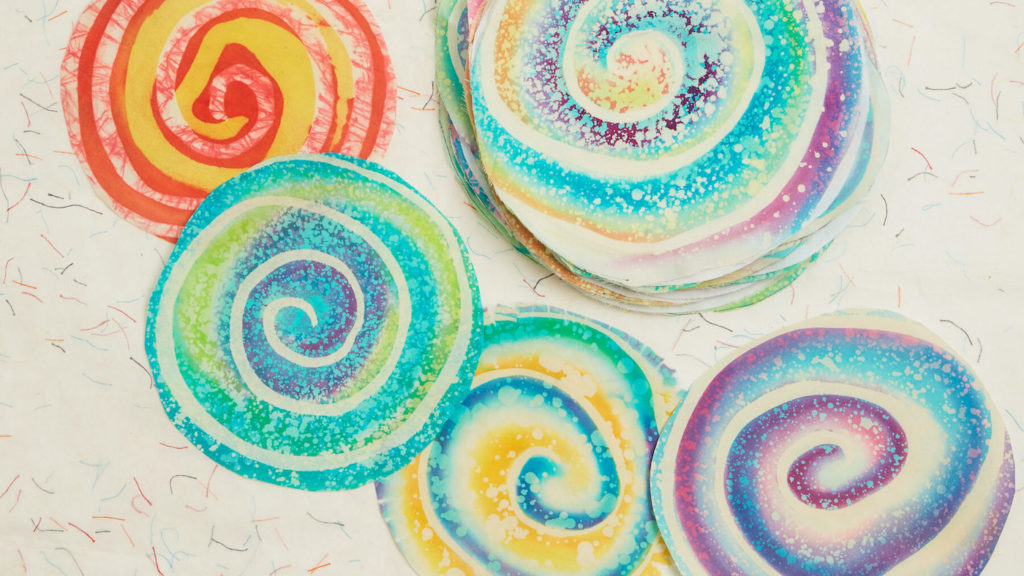The Art Biz ep. 71: Goals for Artists and What You Should Be Focusing On Instead
I teach setting goals for artists. It’s the first lesson in the Art Biz Accelerator.
I encourage all of my artist-clients to articulate their goals because they have to know what they want to achieve before I can support them.
And, yet, I know there is something far more important, and more difficult, than setting goals: Doing the work.
We just survived a year in which we lost control of so much in our lives and businesses. We lost control of whether a venue would be open for a show or whether a live workshop would go on as planned or be canceled.
But, in fact, we never had control of these things in the first place.
You will never be able to control results or outcomes, but so much else is in your command. Before we move on in the conversation, let’s first look at goals.
SMART Goals for Artists
I used to teach how to set SMART goals for artists, which is a system for articulating goals and deadlines—a system that was definitely not devised by an artist. The acronym stands for:
The way I taught SMART goals to my clients and students was fairly rigid. Goals had to be articulated as an affirmation and include the due date: I will do [this] by [this date]. If my student or client didn’t write it to my standards, I made the necessary corrections.
While I understand this is a tested system that has been used by millions of people through the years, I have let it go. It doesn’t work for most of my artist-clients.
I think the reason it doesn’t work is because
The Art Biz ep. 71: Goals for Artists and What You Should Be Focusing On Instead Read












